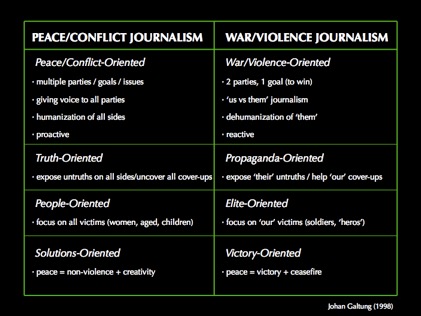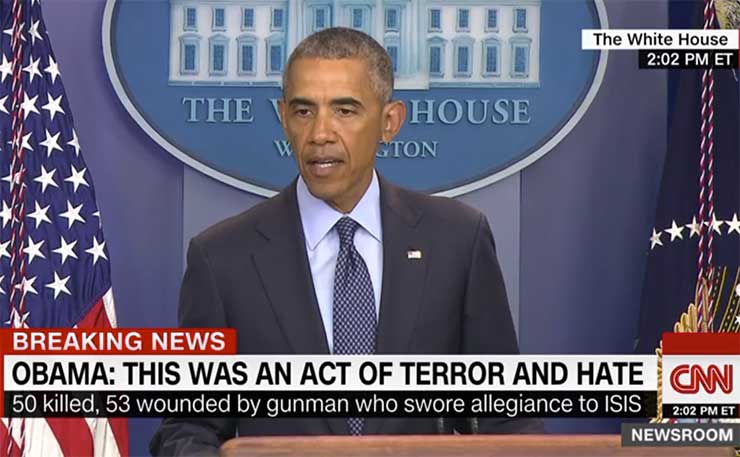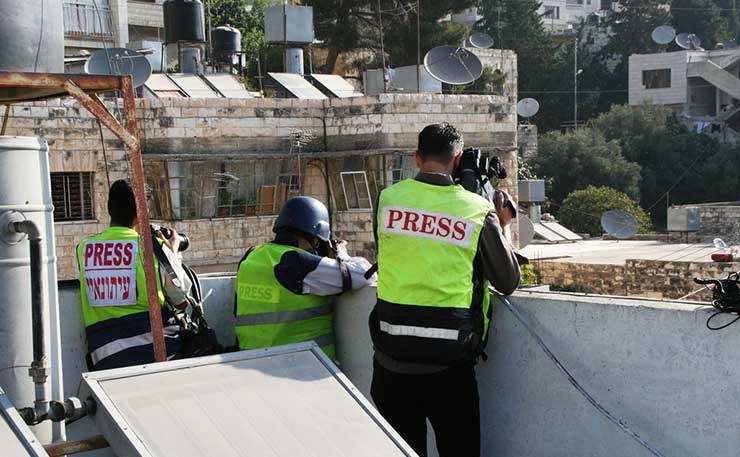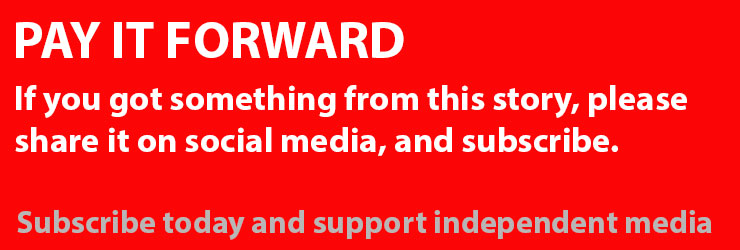The Norwegian sociologist, who helped found the field of ‘peace journalism’, spoke to NM columnist Liam McLoughlin about conflict, terror, and talking to the Taliban.
Violence fills the airwaves.
On Monday, a suicide bomb at a hospital in Quetta in south-western Pakistan killed at least 93 people and wounded more than one hundred. On August 6, 85 civilians were massacred in Hawija, Iraq. A few days prior, 44 died in bombings in Qamishli, Syria. Shortly before that, 80 people were killed by two suicide bombers at a protest in Kabul. These attacks closely followed the Nice attack on Bastille Day, when a man drove a truck through a crowd, killing 85.
These atrocities are just a tiny sample of those occurring around the world in the last month alone.

Although the number of fatalities from terrorist attacks in Western Europe was far greater between 1970 and 1990 than over the last 25 years, the global rate of terrorism has been on the rise. Prior to US invasions of Afghanistan and Iraq, the worldwide death toll from such violence was about 5,000, but this rose to 32,600 in 2014. Fatalities in Afghanistan, Iraq, Pakistan, Syria and Nigeria make up 80 per cent of the global figure.
The Brown University Costs of War Project found that by March 2015, at least 210,000 civilians had died violent deaths as a result of post 9/11 wars in Afghanistan, Iraq, and Pakistan. Many more have been killed by the destruction of hospitals and infrastructure, and by environmental contamination.
While much can and should be said about US terrorism in the Middle-East, researchers have also noted a relationship between media coverage and violence. A 2015 study found evidence that sensationalist media coverage of atrocities can perpetuate further violence.
There are few more qualified voices to speak on the complex relationship between the media, violence and US foreign policy than the main founder of peace and conflict studies, Professor Johan Galtung.
The Norwegian sociologist led a group of researchers who created the first academic research centre for peace studies in 1959, called the Peace Research Institute Oslo. He has since written a great deal on violence, US imperialism, and conflict resolution, and worked as a mediator in over 150 conflicts since 1957. He leads the conflict mediation organisation TRANSCEND International, which he founded with his wife Fumiko Nishimura in 1993.
If we want to understand, explain, and ultimately reverse this growth in global violence, Professor Galtung’s counsel is worth seeking.
War And Peace (Journalism)
The Norwegian scholar is a vocal critic of mainstream media coverage of violence. In his critique of the failure to give context for events and explore the causes of conflict, Galtung differentiates ‘war journalism’ from ‘peace journalism’. We began the interview with a succinct explanation of the difference.
“In war journalism there are bad things flowing between the parties, particularly violence. In peace journalism, there are good things flowing and there is cooperation to solve a conflict,” Galtung said.

The Professor sees a clear media bias towards violence and conflict and an apparent disinterest in peace initiatives and solutions. He contrasts the ‘realist’ tone of war journalism with a more ‘realistic’ take which would encompass peace journalism.
“The realist approach means over-reporting all war aspects and under reporting peace. That so called realist approach is utterly unrealistic – it doesn’t reflect the world.”
“It is particularly important when there actually is a war or threat of war going on, that one reports the good contacts between parties.”
Take the wars in Yugoslavia in the early 1990s for example.
“It should have been reported that there was an initiative to solve the conflict and that initiative came from the United Nations Secretary General, a Peruvian at the time. It was not reported.”
If journalists seek out peaceful solutions to conflict, don’t they become advocates? Don’t they fail in their duty to objective?
“There is something objective in reporting bullets coming out of guns. To quote the famous Mao Zedong formula, which I think is very stupid incidentally, power is that which comes out of a gun. But power is also that which comes out of the mouth, for instance, Mao Zedong’s mouth. And to report bullets from guns but not to report words from mouths seems to me very far from objective. It means that a choice has been made,” Galtung told New Matilda.
“There is a bias somewhere which somehow excludes the good things flowing… what I’m arguing for is a better balance between war journalism and peace journalism.”
War Journalism And US Foreign Policy
This imbalance between war and peace journalism prompts the obvious question: why?
Although there are many good explanations, Professor Galtung has two of the more interesting.
One answer lies in the stories we have long told ourselves.
“There is a general theory of progress in the West… Now if you have a theory of progress, that which looks like the opposite has to be reported as standing in the way – it’s exceptional. Progress should not be reported because that is in the nature of things. But regress, going backwards, should be reported.”
Another answer dates back to Aristotle. In the earliest surviving work of dramatic theory, called Poetics, the Greek philosopher described two main types of drama: tragedies, and comedies.
“If you translate that into modern media, tragedy means information about negative things and comedy means something entertaining. In modern speak, those two are summarised in the expression ‘infotainment’, which in a sense, summarises Aristotle’s point of view very well,” Galtung said.
“I think Aristotle has put us on the wrong track.”
Though these genesis stories may be debated, journalistic subservience to the tragic and the comic, the violent and the entertaining, is hard to deny.
Yet the earlier glance at terrorism statistics suggests the increasingly violent zeitgeist is not mere media distortion, but gruesome reality.
According to Professor Galtung, much responsibility rests with the United States.
“To me, the person who uses the word terrorism is actually issuing a declaration ‘I’m not trying to understand anything’.”
“Just to say that terrorists have one goal in life and that is evil and for that reason you cannot talk with them, the only thing you can do is try to eliminate them, is stupid. It is stupid and I can say fascist. And we know exactly where that ideology has its domicile: in Washington.”
There is something automatic about the violent reactions of the United States and their ‘us’ vs. ‘them’ mentality.
“Violence as a dominant element in US foreign policy comes as a kind of knee jerk reaction… ‘Them’ are designated as anti-American and the readiness to violence comes almost immediately.”
Professor Galtung has another theory, this time about the origins of this reflexive recourse to violence.
“I call it ‘DMA’ syndrome in Washington. ‘D’ for dualism; there are two parts in the world. ‘M’ stands for Manichaeism; the idea that one is good and one is evil. ‘A’ stands for Armageddon; the final battle. That takes care of the Bible.”
“In the beginning we have dualism between God and Satan, very Manichean, and in the end we have Armageddon – in the final book, Revelation, in the New Testament. Remember that the basic reading in the United States of America, since they arrived on Mayflower in 1620, has been the Bible. One has the right to assume that it left some impression. Their religion may be called National Evangelism.”
“This DMA complex leads them towards an obligation, which becomes also, the natural thing to do – the world is made that way. You cannot sit down and negotiate with terrorists; they are only out to do evil and the only thing you can do is to try to deter them and if that doesn’t work, to kill them, squash them.”
And God said, let there be 9/11, Afghanistan, Iraq, Pakistan, Syria, ISIS ,and the endless war on the evildoers.
Peace Journalism And Solving The Underlying Conflict
 Part of the problem is the way the media reproduces Washington narratives rather than challenging them. Take the current Presidential race.
Part of the problem is the way the media reproduces Washington narratives rather than challenging them. Take the current Presidential race.
“If candidates ever have gotten propaganda without having to pay a cent for it, it’s those two – Trump and Hillary Clinton… I’m not so worried that they get it free of charge, I’m much more worried about the lack of good questions from the journalists,” said Galtung.
So what should journalists be asking?
“Mr Trump, Mrs Clinton, what is the conflict underlying the difficulties between the West and Islam right now, and how are you going to solve that conflict? They have never been exposed to those questions. Now those questions are hard and they require some work.”
Good peace journalism means probing the root causes of violence and demanding politicians address those causes.
“So here comes the idea of the underlying conflict… I haven’t seen a single example where I can say that violence just comes for the fun of it or because people are violent. People have grievances. One type of grievance comes from greed. They may want the same thing; the same territory, the same land, the same resources, the same cattle, whatever. Conflict is incompatible goals.”
“There is an Anglo-American way of using conflict the word, which is unfortunate, making it more or less synonymous with violence. But if you do that, you don’t open for that big thing called solving the conflict. But if you define it as incompatible goals, you may ask yourself, how could we make them more compatible?”
Professor Galtung’s approach to his mediation work could not be more different to the ‘DMA’ philosophy of the War on Terror.
“I am sitting there in an undisclosed place in Afghanistan and in front of me I had three Taliban. My opening question was ‘What is the Afghanistan that you would like to live in?’ In other words, I want to begin the dialogue in the positive. I don’t want to start with why did you do this or that, or when are you going to give up your arms? I want them to give me their side.”
“What immediately comes up is 1893 – the Durand Line. A Western politician who doesn’t know what that is should keep his mouth shut on Afghanistan and turn to something else like buying and selling antiques or collecting stamps,” Galtung said.
The Durand Line is the current 2,400km international border between Afghanistan and Pakistan, but it was originally drawn up by a British diplomat named Sir Mortimer Durand to demarcate the empire at the time from Afghanistan. While that border may have been convenient for the British, it divided the ethnic Pashtun community in two.
“Most Pashtuns are Taliban or Taliban sympathisers and most Taliban are Pashtuns. Afghanistan is of course not reducible to this line at all, there are a number of things going on. But you see immediately a solution, where you open that border, and Afghanistan and Pakistan become as open to each other as the European Union countries. You might even use the European Union as a model and talk about a central Asian community.”
“To divide a nation today of 50 million into two parts, raising palisades between them, is very dramatic. The war will go on as long as that line has not been turned into an open border.”
It’s this goal to solve the underlying conflict which is the focus of peace journalism. When done well, it has powerful real world implications.
One such example is the widespread reporting of efforts by French public servant Jean Monnet and French Foreign Minister Robert Schuman to create a peaceful union with Germany following World War II.
“Schuman and Monnet came up with the idea that Nazi Germany has been so atrocious, it has to become a member of the family. Now that family didn’t exist. The thing that existed was a military alliance against Nazi Germany. So they had to construct the family, and the construction was the coal and steel union that came about 9 May, 1950,” said the Norwegian peace researcher.
The two Frenchmen are sometimes called the “Fathers of Europe” because their proposal for Europe’s first supranational community, the European Coal and Steel Community, set the groundwork for the European Economic Community, created by the Treaty of Rome in 1957. This was followed by the European Union, established in 1993 by the Maastricht Treaty.
“If anything was a brilliant idea, this was the one. And it was amply reported by the media.”
Naturally, such proposals will always meet with great resistance, both from sections of the media and many politicians. Professor Galtung thinks the German philosopher Arthur Schopenhauer’s stages of truth theory is apt.
“The first reaction is silence. The second reaction is laughter. That’s absolutely ridiculous, how can we accept Nazi Germany on equal terms, in a community? The third reaction is suspicion: could it be that these French people are actually Nazis in hiding? The fourth reaction, says Schopenhauer, is the politician who stands up and says it’s always been my idea.”
Despite this resistance, Professor Galtung is optimistic about prospects for peace.
“Formulate the visions. Have the visions floating in the air. They will go through the Schopenhauer stages, but in the end, they may be realised.”
Donate To New Matilda
New Matilda is a small, independent media outlet. We survive through reader contributions, and never losing a lawsuit. If you got something from this article, giving something back helps us to continue speaking truth to power. Every little bit counts.





